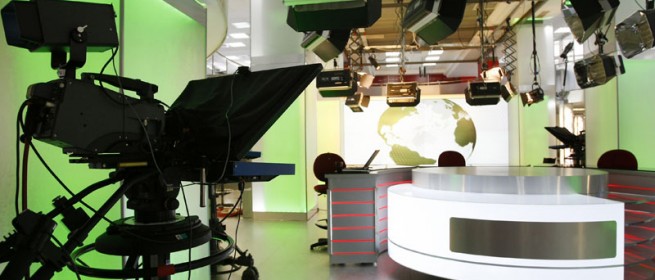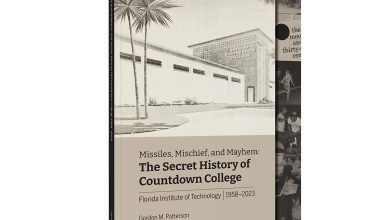Mass Communication & Society: Media Bias
By Kate Broderick, Global Strategic Communication ’13
One of the most interesting courses I’ve taken while pursuing my Master’s in Global Strategic Communication at Florida Tech is mass communication and society. Mass communication is the study of the influence and implementation of mass media (television, film, newspapers, magazines, radio, and some social media channels).
If I had my druthers, the study of mass communication would be taught starting 8th grade along classes like Civics. Mass media is a pervasive and unavoidable element in modern life—the average American spends somewhere over 10 hours a day tapped into mass media. Its influence directly impacts how we view the world around us, our value system, our interactions with others, our body image, our view point on politics…Given its overwhelming and unprecedented influence, it is mind boggling that only media experts and the “media elite” study mass communication.
So, yes, we have an unprecedented amount of information easily available. Being informed and engaged, however, does not mean merely consuming information at hand. We are learning in our advanced studies how to be critical, analytical thinkers—we need to apply the same scrutiny we use in class to mass media. Mass media is an unavoidably flawed system, inherently biased, and we need to be mindful of the bias before we let our values and opinions be shaped.
What do I mean by inherent media bias? The blatant political agenda stations may have with politico talk shows skewed to favor one candidate or party (not to mention media ownership) we can save for a later date. I mean how the very structure and nature of mass media is unavoidably biased. Even the most seemingly unbiased network or newspaper is biased for two structural reasons: the selection of stories covered, and how the stories are framed.
It would be impossible to run every potential news story that happens in one day; as such, an editorial team decides which stories get coverage. There is an elaborate process of deciding “newsworthiness” of a potential story; but, unavoidably, the mass media decides who, and what, receives coverage and how much attention is given to each story. Other people decide what we think is news.
The framing of a news story is the perspective, or angle, from which a story is covered. Each story provides a small window into the whole story; we are only getting a glimpse of facts that editors decided were important. You can see the immediate influence of a framing when you compare liberal and conservative coverage of the same event: sometimes the story will be presented wildly differently despite the fact that both of the networks or newspapers have access to the same information and the same basic facts. Mass media only has a tiny window with which to cover a story—thus, framing of a story is unavoidable. It is our duty to seek out other coverage of the story to compare different vantage points before we can begin to construct an informed opinion.
I freely admit that I have a bias in writing this blog: I want people to be aware and informed about potential media manipulation before casting their votes this election.






Well said! I teach a course called New Media at an area high school and media literacy is a big part of my program; sadly, media literacy is not emphasized nearly enough in k-12 education…